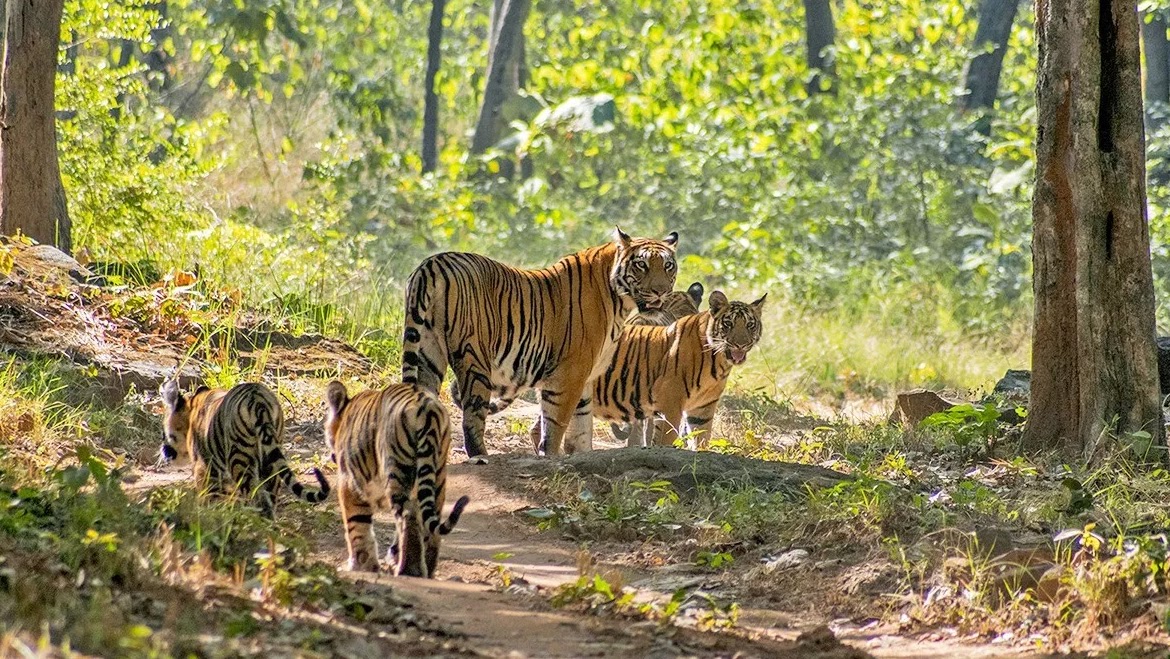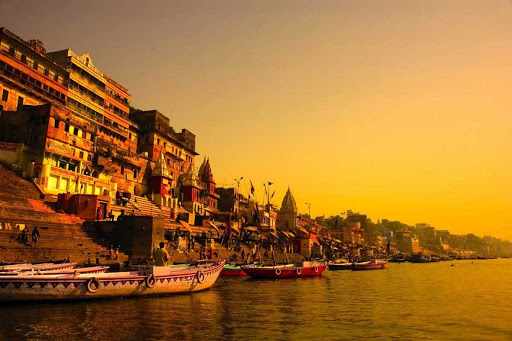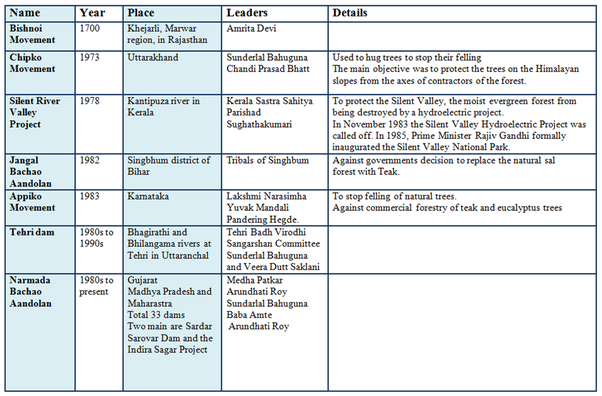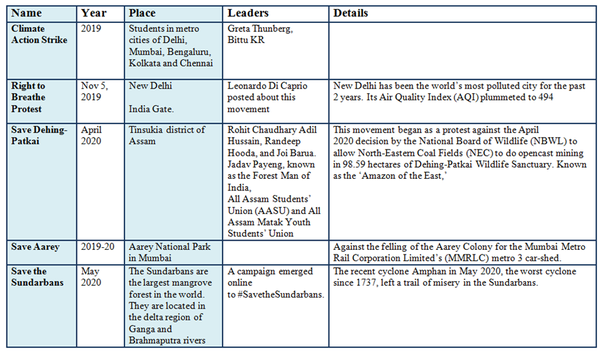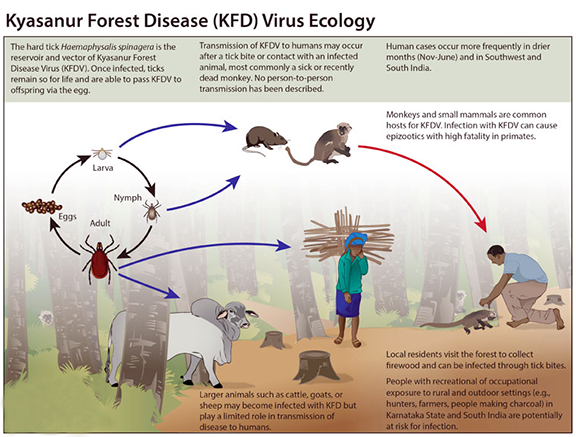Indian Economy
Increased Subsidy on DAP
Why in News
Recently, the government has increased the subsidy to 140% on Di-Ammonium Phosphate (DAP) fertiliser in order to retain the selling price for farmers at the current level.
- Recently, the international prices of phosphoric acid, ammonia etc. used in DAP have gone up by 60% to 70%.
Key Points
- About Di-Ammonium Phosphate (DAP):
- DAP is the second most commonly used fertiliser in India after urea.
- Farmers normally apply this fertiliser just before or at the beginning of sowing, as it is high in phosphorus (P) that stimulates root development.
- DAP (46% P, 18% Nitrogen) is the preferred source of Phosphorus for farmers. This is similar to urea, which is their preferred nitrogenous fertiliser containing 46% N.
- About Subsidy Scheme for Fertilisers:
- Under the current scheme, the MRP of Urea is fixed but the subsidy can vary while MRP of DAP is decontrolled (i.e subsidy is fixed but the MRP can vary).
- All Non-Urea based fertilisers are regulated under Nutrient Based Subsidy Scheme.
- About Nutrient-Based Subsidy (NBS) Regime:
- Under the NBS regime – fertilizers are provided to the farmers at the subsidized rates based on the nutrients (N, P, K & S) contained in these fertilizers.
- Also, the fertilizers which are fortified with secondary and micronutrients such as molybdenum (Mo) and zinc are given additional subsidy.
- The subsidy on Phosphatic and Potassic (P&K) fertilizers is announced by the Government on an annual basis for each nutrient on a per kg basis – which are determined taking into account the international and domestic prices of P&K fertilizers, exchange rate, inventory level in the country etc.
- NBS policy intends to increase the consumption of P&K fertilizers so that optimum balance (N:P:K= 4:2:1) of NPK fertilization is achieved.
- This would improve soil health and as a result the yield from the crops would increase, resulting in enhanced income to the farmers.
- Also, as the government expects rational use of fertilizers, this would also ease off the burden of fertilizer subsidy.
- It is being implemented from April 2010 by the Department of Fertilizers, Ministry of Chemicals & Fertilizers.
- Issues Related to NBS:
- Imbalance in Price of Fertilisers:
- Urea is left-out in the scheme and hence it remains under price control as NBS has been implemented only in other fertilizers.
- There is an imbalance as the price of fertilizers (other than urea) — which were decontrolled have gone up from 2.5 to four times during the 2010-2020 decade.
- However, since 2010, the price of urea has increased only by 11%. This has led to farmers using more urea than before, which has further worsened fertilizer imbalance.
- Costs on Economy and Environment :
- Fertilizer subsidy is the second-biggest subsidy after food subsidy, the NBS policy is not only damaging the fiscal health of the economy but also proving detrimental to the soil health of the country.
- Black Marketing : Subsidised urea is getting diverted to bulk buyers/traders or even non-agricultural users such as plywood and animal feed makers.
- It is being smuggled to neighbouring countries like Bangladesh and Nepal.
- Imbalance in Price of Fertilisers:
- Implications of Increasing the Subsidy on DAP :
- As farmers will start sowing operations for Kharif Crops, it is highly important for them to get the fertilisers at subsidised rate so as to keep inflation at check.
- Politically, too, to turn down the farmer protests, during the time of the Covid’s second wave, is the last thing the government would want.
Indian Economy
Personal Guarantors Liable for Corporate Debt
Why in News
The Supreme Court of India has upheld the Central Government 2019 notification that allows lenders to initiate insolvency proceedings against personal guarantors.
- It will allow the lenders to recover their remaining debt from personal guarantors following the conclusion of the Corporate Insolvency Resolution Process (CIRP).
- The CIRP is a recovery mechanism made available to creditors as under the Insolvency and Bankruptcy Code, 2016 (IBC).
Key Points
- Background:
- Definition: A personal guarantor is a person or an entity that promises payment of another person’s debt, in case the latter fails to pay it off.
- Central Government Notification 2019: It brought personal guarantors to companies facing insolvency proceedings under the purview of the Insolvency and Bankruptcy Code (IBC).
- Section 1(3) of the IBC code allows the central government to notify different provisions of the code at different dates, to allow its implementation bit by bit.
- These rules and regulations lay down the process for initiating insolvency resolution and bankruptcy proceedings against personal guarantors to corporate debtors, inviting claims from creditors, withdrawal of such applications, etc.
- Simultaneously Proceedings: The new rules and regulations will allow creditors to simultaneously proceed against the principal borrower, i.e. the company, and the personal guarantor before the National Company Law Tribunal (NCLT).
- Until now, the IBC code only covered insolvency resolution and liquidation of corporate debtors.
- Counter Argument: The Central Government did not have the power to bring in IBC provisions selectively to personal guarantors of corporate debtors.
- The singling out of guarantors is violative of the fundamental right to equality.
- Supreme Court Verdict:
- Intrinsic Connection: There was an “intrinsic connection” between personal guarantors and their corporate debtors.
- Section 60(2) of the IBC Code had required the bankruptcy proceedings of corporate debtors and their personal guarantors to be held before a common forum, the NCLT.
- Adjudicating Authority: The adjudicating authority for personal guarantors will be the NCLT if a parallel resolution process is pending in respect of a corporate debtor for whom the guarantee is given.
- The side by side bankruptcy proceedings before the same forum for both the corporate debtors and their personal guarantors would help the NCLT consider the whole picture.
- Intrinsic Connection: There was an “intrinsic connection” between personal guarantors and their corporate debtors.
- Concept of Guarantee: The concept of ‘guarantee’ is derived from Section 126 of the Indian Contracts Act, 1872.
- A contract of guarantee is made among the debtor, creditor and the guarantor.
- If the debtor fails to repay the debt to the creditor, the burden falls on the guarantor to pay the amount.
- The creditor reserves the right to begin insolvency proceedings against the personal guarantor if the latter does not pay.
- Possible Benefits:
- By initiating the insolvency proceedings against personal guarantors, there is a greater likelihood that they would “arrange” for the payment of the debt to the creditor bank in order to obtain a quick discharge.
- The creditor bank would be prepared to take a haircut or forego the interest amounts so as to enable an equitable settlement of the corporate debt, as well as that of the personal guarantor.
- It would result in maximising the value of assets and promoting entrepreneurship.
Note
- Insolvency: It is a situation where individuals or companies are unable to repay their outstanding debt.
- Bankruptcy: It is a situation whereby a court of competent jurisdiction has declared a person or other entity insolvent, having passed appropriate orders to resolve it and protect the rights of the creditors. It is a legal declaration of one’s inability to pay off debts.
International Relations
BRICS Astronomy Working Group (BAWG) Meeting
Why in News
Recently, India virtually hosted the 7th meeting of the BRICS Astronomy Working Group (BAWG) under the Science, Technology, and Innovation track of the BRICS 2021.
- The Inter-University Centre for Astronomy and Astrophysics (IUCAA), Pune, and Department of Science and Technology (DST) coordinated the meeting.
Key Points
- BRICS:
- BRICS is an acronym for the grouping of the world’s leading emerging economies, namely Brazil, Russia, India, China and South Africa.
- In 2001, the British Economist Jim O’Neill coined the term BRIC to describe the four emerging economies of Brazil, Russia, India, and China.
- The grouping was formalised during the first meeting of BRIC Foreign Ministers’ in 2006.
- South Africa was invited to join BRIC in December 2010, after which the group adopted the acronym BRICS.
- India has assumed the BRICS Presidency from January 2021.
- Structure:
- BRICS does not exist in the form of organization, but it is an annual summit between the supreme leaders of five nations.
- The Chairmanship of the forum is rotated annually among the members, in accordance with the acronym B-R-I-C-S.
- Cooperation Mechanism: Cooperation among members is achieved through:
- Track I: Formal diplomatic engagement between the national governments.
- Track II: Engagement through government-affiliated institutions, e.g. state-owned enterprises and business councils.
- Track III: Civil society and People-to-People engagement.
- Areas of Cooperation:
- Economic Cooperation:
- Agreements have been concluded in the areas of Economic and Trade Cooperation; Innovation Cooperation, Customs Cooperation; strategic cooperation between the BRICS Business Council, Contingent Reserve Agreement and the New Development Bank.
- People-to-People Exchange:
- This seeks to forge new friendships; deepen relations and mutual understanding between BRICS peoples in the spirit of openness, inclusiveness, diversity and mutual learning.
- Such People to people exchanges include the Young Diplomats Forum, Parliamentarian Forum, Trade Union Forum, Civil BRICS as well as the Media Forum.
- Political and Security Cooperation:
- This is aimed at achieving peace, security, development and cooperation for a more equitable and fair world.
- BRICS is utilised as a driver for South Africa’s foreign policy priorities including the pursuit of the African Agenda and South-South Cooperation.
- Economic Cooperation:
- About BRICS Astronomy Working Group:
- It provides a platform for BRICS member countries to collaborate in the field of astronomy, recommending that the focal points in each country should present the scientific results of the work being carried out in each country.
- This will help seek funding support to realize the flagship project whenever funding opportunities are announced by BRICS funding agencies.
- At the meeting, the members indicated future directions of research in this area such as building network of intelligent telescope and data network, study of transient astronomical phenomena in universe, big data, artificial intelligence, machine learning application to process the voluminous data generated now a days due to enhance multi-wavelength telescope observatory.
Way Forward
- BRICS did well in its first decade to identify issues of common interests and to create platforms to address these issues.
- For BRICS to remain relevant over the next decade, each of its members must make a realistic assessment of the initiative's opportunities and inherent limitations.
Indian Heritage & Culture
Six Sites in Tentative List of World Heritage Sites
Why in News
Recently, six Indian places have been added to the tentative list of UNESCO’s (United Nations Educational, Scientific and Cultural Organization) world heritage sites.
- The submissions were made by Archaeological Survey of India, which is responsible for the conservation and preservation of Indian monuments.
Key Points
- Tentative List:
- As per Operational Guidelines, 2019 of UNESCO, it is mandatory to put any monument/site on the Tentative List (TL) for one year before it is considered for the final nomination dossier.
- Once the nomination is done, it is sent to the World Heritage Centre (WHC).
- India has 48 sites in the TL as of now.
- As per Operational Guidelines, 2019 of UNESCO, it is mandatory to put any monument/site on the Tentative List (TL) for one year before it is considered for the final nomination dossier.
- World Heritage Site:
- Any of various areas or objects inscribed on the United Nations Educational, Scientific and Cultural Organization (UNESCO) World Heritage List.
- The sites are designated as having “outstanding universal value” under the Convention Concerning the Protection of the World Cultural and Natural Heritage 1972.
- The World Heritage Centre is the Secretariat to the 1972 Convention.
- It provides a framework for international cooperation in preserving and protecting cultural treasures and natural areas throughout the world.
- There are three types of sites: Cultural, Natural, and Mixed.
- Cultural heritage sites include hundreds of historic buildings and town sites, important archaeological sites, and works of monumental sculpture or painting.
- Natural heritage sites are restricted to those natural areas that have excellent ecological and evolutionary processes, unique natural phenomena, habitats of rare or endangered species etc.
- Mixed heritage sites contain elements of both natural and cultural significance.
- India has 38 world heritage sites, including 30 cultural properties, 7 natural properties and 1 mixed site. The latest one included is Jaipur city, Rajasthan.
- About New Six Places in TL:
- Satpura Tiger Reserve (Madhya Pradesh):
- Ghats of Varanasi (Uttar Pradesh):
- Megalithic Site of Hire Benkal (Karnataka):
- This 2,800-years-old megalithic site is one of the largest prehistoric megalithic settlements where some funerary monuments are still intact.
- The granite structures are burial monuments that may also have served many ritual purposes. Due to the extremely valuable collection of Neolithic monuments, the site was proposed for recognition.
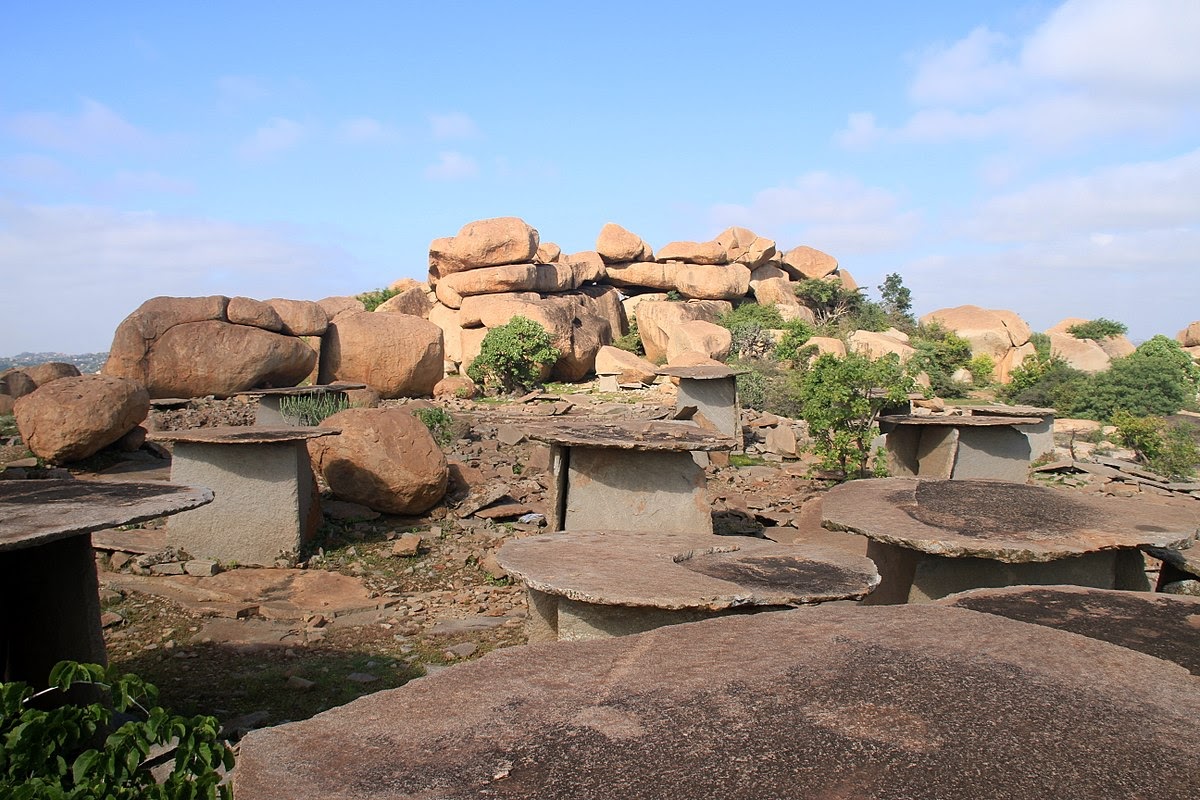
- Maratha Military Architecture in Maharashtra:
- There are 12 forts in Maharashtra dating back to the era of the 17th century Maratha king Chhatrapati Shivaji. They are Shivneri, Raigad, Torna, Rajgad, Salher-Mulher, Panhala, Pratapgad, Lohagad, Sindhudurg, Padmadurga, Vijaydurg and Kolaba.
- These forts offer new insight in various forms of architecture including rock cut features, construction of perimeter walls in layers on hill tops and slopes, temples, palaces, markets, residential areas, and almost every form of medieval architecture.
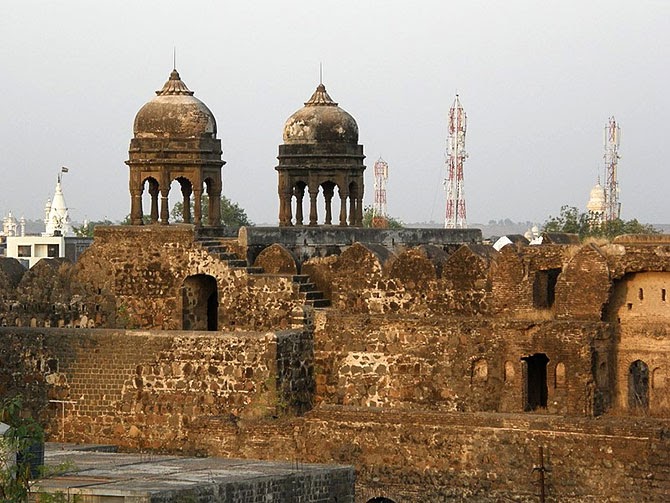
- Bhedaghat-Lametaghat in Narmada Valley- Jabalpur (Madhya Pradesh):
- Bhedaghat, referred to as the Grand Canyon of India, is a town in the Jabalpur district.
- It is known for its marble rocks and their various morphological forms on either side of the Narmada river which flows through the gorge.
- Several dinosaur fossils have been found in the Narmada valley, particularly in the Bhedaghat-Lameta Ghat area of Jabalpur.
- River Narmada narrows down on its way through marble rocks and plunges in a waterfall giving out the appearance of a smoke cascade.
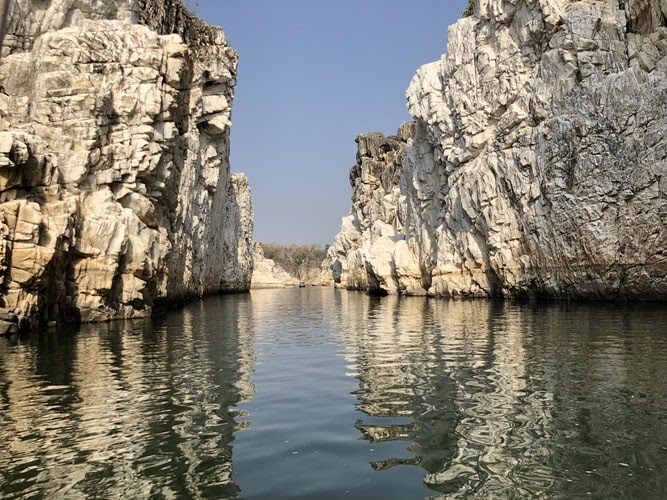
- Temples of Kanchipuram (Tamil Nadu):
- Kanchipuram is known for its spirituality, serenity, and silk.
- It is situated on the banks of River Vegavathi.
- This historical city once had 1,000 temples, of which only 126 (108 Shaiva and 18 Vaishnava) now remain.
- Its rich legacy has been the endowment of the Pallava dynasty, which made the region its capital between the 6th and 7th centuries and lavished upon its architectural gems that are a fine example of Dravidian styles.
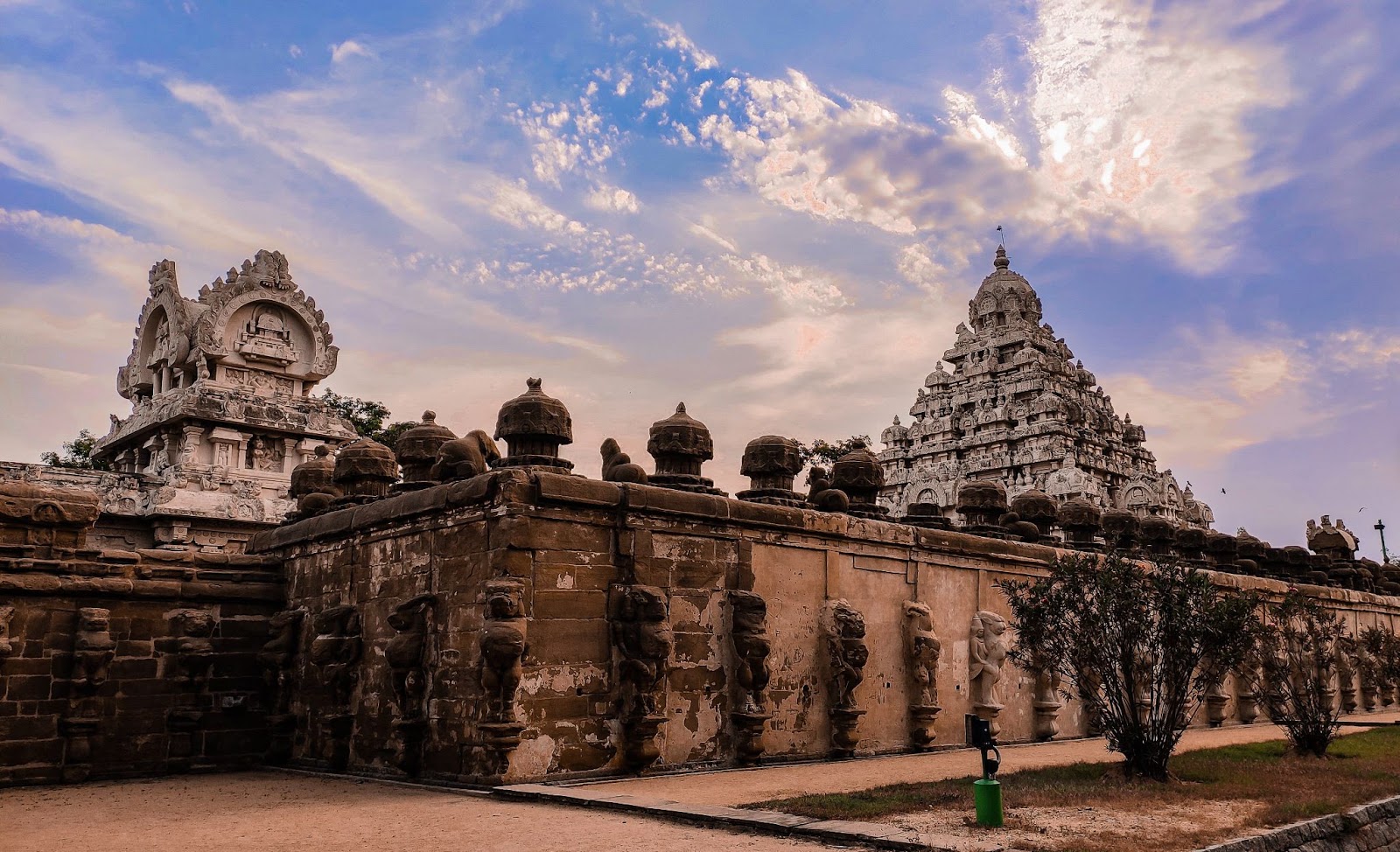
- Satpura Tiger Reserve (Madhya Pradesh):
Biodiversity & Environment
Sunderlal Bahuguna: Chipko Movement
Why in News
Recently, Sunderlal Bahuguna, the Gandhian who was the driving force behind the Chipko movement died due to Covid-19.
Key Points
- Chipko Movement:
- It was a non-violent agitation which originated in Uttar Pradesh’s Chamoli district (now Uttarakhand) in 1973.
- The name of the movement ‘chipko’ comes from the word ’embrace’, as the villagers hugged the trees and encircled them to prevent being hacked.
- It is best remembered for the collective mobilisation of women for the cause of preserving forests, which also brought about a change in attitude regarding their own status in society.
- It’s biggest victory was making people aware of their rights to forests, and how grassroots activism can influence policy-making regarding ecology and shared natural resources.
- It led to a ban on commercial felling of trees above 30 degrees slope and above 1,000 msl (mean sea level) in 1981.
- Sunderlal Bahuguna (1927-2021):
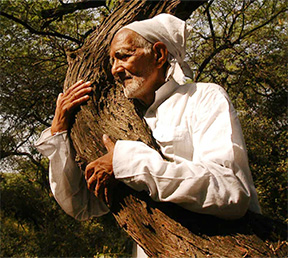
- Initiated the chipko movement to guard the trees on the Himalayan slopes.
- Known for coining the Chipko slogan ‘ecology is permanent economy’
- After the Chipko movement in the 1970s, he gave the message across the globe that ecology and ecosystem are more important. He was of the opinion that ecology and economy should go together.
- Campaigned against the Tehri Dam on River Bhagirathi, a mega-project with devastating consequences. He undertook one of India’s longest fasts after Independence, over 56 days.
- Took 4,800 km Kashmir to Kohima padayatra (foot march) in the early 1980s to bring attention to the entire Himalayan region.
- Supported women-led movements against the liquor mafia in the hills, and for the Beej Bachao Andolan, a movement to save Himalayan agricultural biodiversity from being wiped out by the unsustainable, chemical-intensive Green Revolution.
- He was awarded the Padma Vibhushan in 2009.
Major Environmental Movements in India
Recent Movements
Biodiversity & Environment
International Day for Biological Diversity
Why in News
The International Day for Biological Diversity (IDB) (International Biodiversity day) is observed on 22nd May every year.
Key Points
- About:
- The United Nations General Assembly (UNGA) in 1993 proclaimed 22nd May as IDB to increase understanding and awareness of biodiversity issues.
- The UNGA also declared the period 2011-2020 as the United Nations (UN) Decade on Biodiversity to promote the implementation of a strategic plan on biodiversity and its overall vision of living in harmony with nature.
- It also declared 2021-2030 as the UN Decade of Ocean Science for Sustainable Development and the UN Decade on Ecosystem Restoration.
- The United Nations General Assembly (UNGA) in 1993 proclaimed 22nd May as IDB to increase understanding and awareness of biodiversity issues.
- 2021 Theme:
- This year’s theme is “We’re part of the solution” which is a continuation of 2020 theme- Our solutions are in nature.
- This serves as a reminder that biodiversity remains the answer to several sustainable development challenges.
- Some Global Initiatives to Save Biodiversity:
- Convention on Biological Diversity:
- It is a legally binding treaty to conserve biodiversity that has been in force since 1993.
- India is a party to the convention.
- It is a legally binding treaty to conserve biodiversity that has been in force since 1993.
- Convention on International Trade in Endangered Species of Wild Fauna and Flora:
- It provides public, private and non-governmental organisations with the knowledge and tools that enable human progress, economic development and nature conservation to take place together.
- India is a member of the convention.
- It provides public, private and non-governmental organisations with the knowledge and tools that enable human progress, economic development and nature conservation to take place together.
- Convention on Biological Diversity:
Biodiversity
- About:
- It is a term used to describe the enormous variety of life on Earth. It can be used more specifically to refer to all of the species in one region or ecosystem. Biodiversity refers to every living thing, including plants, bacteria, animals, and humans.
- It is often understood in terms of the wide variety of plants, animals and microorganisms, but it also includes genetic differences within each species.
- Concerns:
- World Wide Fund for Nature in its flagship Living Planet Report 2020 warned that global biodiversity is in steep decline.
- It has revealed a global species loss of 68% in less than 50 years, a catastrophic decline never seen before.
- Need for Conservation:
- It boosts ecosystem productivity where each species, no matter how small, all have an important role to play.
- A larger number of plant species means a greater variety of crops. Greater species diversity ensures natural sustainability for all life forms.
- The world should conserve it so as to maintain the food chain. The disturbance in the food chain may affect the whole ecosystem.
- Some Indian Initiatives For Conservation of Biodiversity:
Other Important Initiatives
- 5th June: World Environment Day
- 22nd March: World Water Day
- 22nd April: Earth Day
- Last Saturday of March: Earth Hour
Social Justice
Kyasanur Forest Disease
Why in News
A new point-of-care test has been found to be highly sensitive in the rapid diagnosis of Kyasanur Forest Disease (KFD).
- This disease is also known as monkey fever.
Key Points
- Point-of-care Test:
- About:
- It is developed by Indian Council of Medical Research (ICMR)-National Institute of Virology.
- It includes a battery-operated Polymerase Chain Reaction (PCR) analyser, which is a portable, lightweight and universal cartridge-based sample pre-treatment kit and nucleic acid extraction device that aid in sample processing at the point of care.
- Benefits:
- It would be beneficial for the diagnosis of KFD as the outbreaks mainly happen in remote areas, where there is lack of well-equipped sample handling and laboratory testing facilities.
- It would be useful in quick patient management and controlling further spread of the virus.
- About:
- Kyasanur Forest Disease:
- About:
- It is caused by Kyasanur Forest disease Virus (KFDV), which primarily affects humans and monkeys.
- It was first identified in 1957 in a sick monkey from the Kyasanur Forest in Karnataka. Since then, between 400-500 human cases per year have been reported.
- Eventually, KFD emerged as a grave public health problem spreading through the entire Western Ghats.
- Transmission:
- In nature, the virus is maintained mainly in hard ticks (Haemaphysalis spinigera), monkeys, rodents and birds.
- To humans, it may occur after a tick bite or contact with an infected animal (a sick or recently dead monkey).
- Symptoms:
- Characterised by chills, frontal headache, body ache, and high fever for five to 12 days with a case fatality rate of 3 to 5%.
- Diagnosis:
- Diagnosis can be made in the early stage of illness by molecular detection by PCR or virus isolation from blood.
- Later, serologic testing using Enzyme-linked Immunosorbent Serologic Assay (ELISA) can be performed.
- Treatment and Prevention:
- There is no specific treatment for monkey fever.
- A vaccine (Formalin inactivated KFDV vaccine) does exist for KFD and is used in endemic areas of India.
- However, it is found that vaccines are not effective once the person is infected with fever.
- About:

